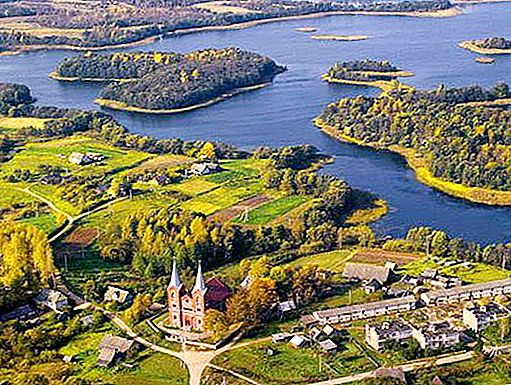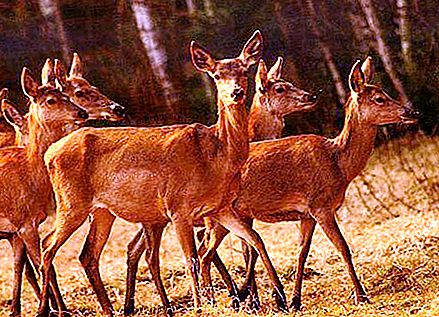The Narochansky National Park, a photo of which can be seen in all advertising tourist booklets of the Republic of Belarus, is located in four districts in the west of the Minsk region. These are Myadel, Vileyka, Postavsky and Smorgon regions. The park stretches for 34 km from north to south, and 59 km from east to west. The administration of the reserve is located in the village of Naroch.
General information
Today, Narochansky National Park covers an area of 97.3 thousand hectares. Of these, 66.8 thousand are part of the park, the rest of the land belongs to other land users. These are agricultural enterprises.
Educational purpose
In 1999, the Decree of the President of Belarus established the Narochansky National Park. The purpose of education is to preserve the natural complex and group of lakes, the animal and plant world, characteristic of the Belarusian Lake District.
The territory of the park is guarded by the inspector-huntsman service of the park and forestry workers.
Narochansky National Park - regime of protection and nature management
In order to maintain the status of a conservation area, the Narochansky park is divided into functional zones. All of them have their own corresponding mode:
1. The reserve zone, which occupies 8.4% of the park. Unauthorized persons are not allowed here without special permission.
This zone includes:
- most of the Blue Lakes complex;
- Marshland “Cheremshitsa”;
- 350 hectares of forest
- island on the lake Naroch.
All kinds of activities are prohibited here, except for security measures and scientific work.
2. The area of regulated (partial) use. It occupies 57.6% of the total park area. In designated areas it is allowed to mow hay, graze cattle, pick berries and mushrooms, and fish. Reforestation, excursions and other activities that do not contradict the purpose of the zone are allowed.
3. Recreation area (1.2%)
It was created to accommodate institutions of spa treatment, recreation and entertainment of local residents and guests, for various public events. This zone includes sanatoriums and health resorts, beaches, parks, clearings, where there are many vacationers.
4. Economic zone (32.8%)
Designed for the construction of structures, the implementation of economic - industrial, commercial, tourist activities.
Vegetation
Narochansky National Park is of great interest to scientists around the world. This is due to the great diversity of vegetation in this area. This region belongs to the subzone of dark coniferous oak forests, in which coniferous forests, lowland-upland meadows, and high moor peatlands predominate.
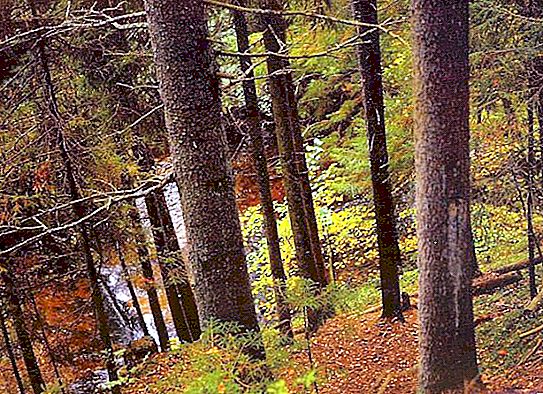
Vegetation covers more than 50 thousand hectares. These places are characterized by pine forests with mountain ash and juniper in the undergrowth, and with a huge amount of lingonberry, heather, moss and lichen.
There are birch-aspen and birch forests, alder forests. Some areas are occupied by deciduous-coniferous and ash forests with undergrowth from honeysuckle, hazel, buckthorn buckthorn, and grass cover, which is dominated by bracken.
Rare plants
The list of endangered and rare species already listed in the Red Book includes more than thirty species. This is mountain arnica, spring primrose, forest anemone, European leotard, meadow lumbago, coppice noble orchis, etc.
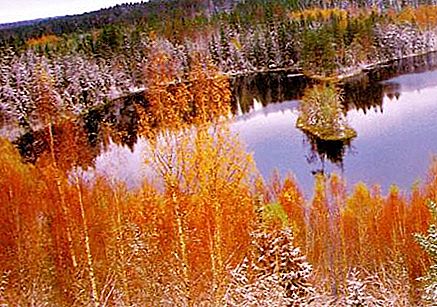
To expand the collection fund of trees and shrubs, to increase the assortment of material necessary for planting and to significantly expand the seed base in the park, work is underway to create a dendrosa garden that will occupy an area of more than sixteen hectares.
Animal world
The Narochansky National Park, whose flora and fauna is surprisingly diverse, has a network of reservoirs, which allows a huge complex of aquatic animals to exist. These are fish, land coastal vertebrates, a huge number of waterfowl, especially during the period of migration. At least 243 species of vertebrate animals (terrestrial) live in the park.
Birds
The local forests are especially rich in birds — ninety-five species of birds are concentrated in them. Among them are representatives of the northern taiga complex, such as shaggy owl, hazel grouse, pine nut and others. Water ornithocomplex is also represented by 35 species. Birds living in open spaces, there are 33 species, 2 rare settled on the high bogs - large Curlew, partridge. In settlements you can find 14 species of birds.
Ungulates
Forests of Narochansky Krai became winter habitats of ungulates. They are not able to provide accommodation for large populations of wild boar, elk, roe deer throughout the year.
Fishes
Narochansky National Park can be proud of the presence of 32 species of fish in rivers and lakes. Among them are brook trout, minnow, chub, char, snapper, stickleback and others.
Lakes and rivers
Narochansky National Park differs from many other institutions of this type with an extensive hydrographic network. Of particular interest to scientists are the lakes of the park, which are combined into several groups:
- Narochanskaya group (lakes Miastro, Batorino, Naroch and Beloe).
- Myadel group consists of a number of small and medium-sized reservoirs.
- The Balduk Group is located in the Blue Lakes Nature Reserve. These are the lakes Glublya, Balduk, Yachmenets, Imsharets, Glubleka, Dead.
- The Svir group consists of large shallow lakes (Vishnevskoe, Svir) and a number of smaller ones - Glukhoye, Svirnische, Tushcha and others.
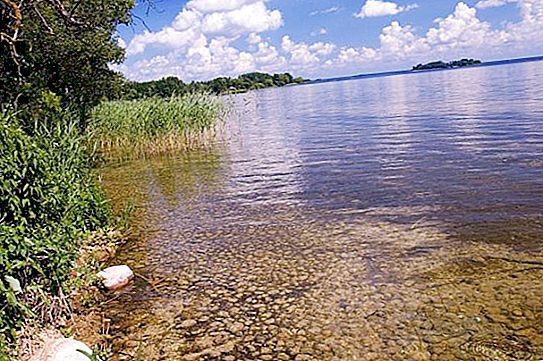
Small rivers
The Narochansky National Park on its territory has the rivers Naroch and Stracha.
Naroch originates from the lake of the same name. It has a valley with a noticeable floodplain, the width of which is from 300 to 600 meters. The channel of the river is winding, in some parts of the canalized. Width - from 8 to 16 meters.
The Stracha River originates in Lake M. Shvakshty, it is distinguished by a poorly developed valley with gentle slopes and a narrow flood plain. The channel is very winding, its width is 15 meters. These rivers are great for boating.
Relaxation
In the Narochansky park there are 36 natural monuments of local and republican significance. Here are created such reserves as:
- "Blue Lakes".
- “Shvakshty” and “Bird cherry”.
- "Peninsula Cherevki."
- "Rudakovo", "Nekasetsky", "Stepson".
The park has a large resort area of the Republic of Belarus, which unites 11 sanatoriums and pensions. Nowadays, it is actively developing thanks to the successful implementation of the state program.
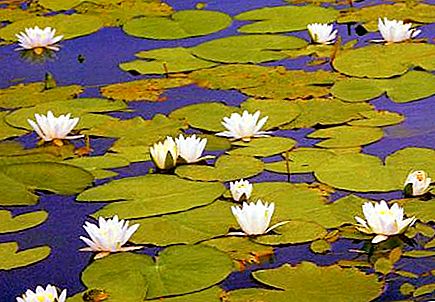
About 30 routes have been developed for tourists in the Narochansky park, with many days of cycling, hiking and water trips. On the coasts of nine lakes built 16 tourist camps.
In the summer, everyone can take a helicopter trip and explore these picturesque places from above. In addition, you can take part in fishing and hunting tours, do spearfishing, diving.
Dendrological Garden
Many tourists will certainly be interested in the dendrological garden. It was created in 2002 on the shores of the lakes Myastro and Naroch and bears the name of S. A. Gomza. Here is a unique collection of 400 species of trees, herbs and shrubs.
